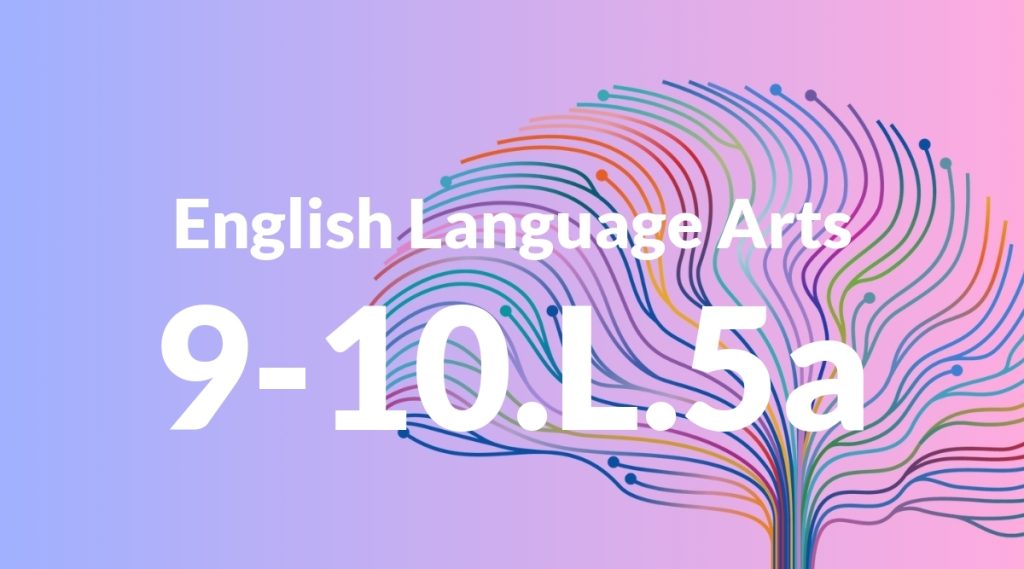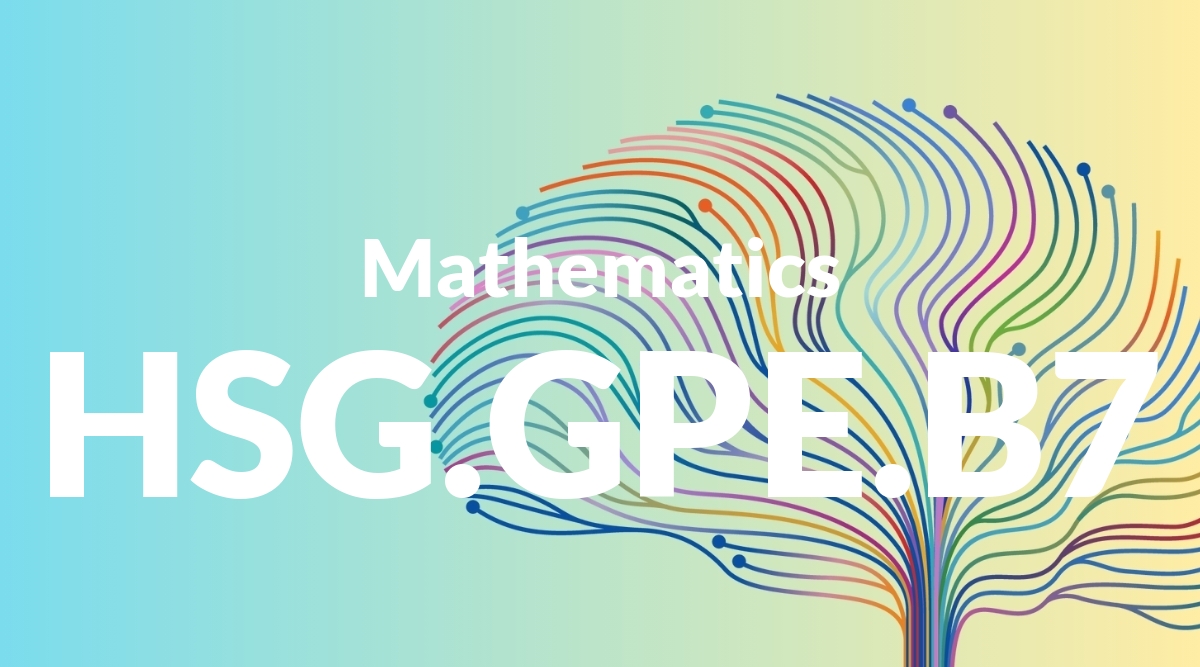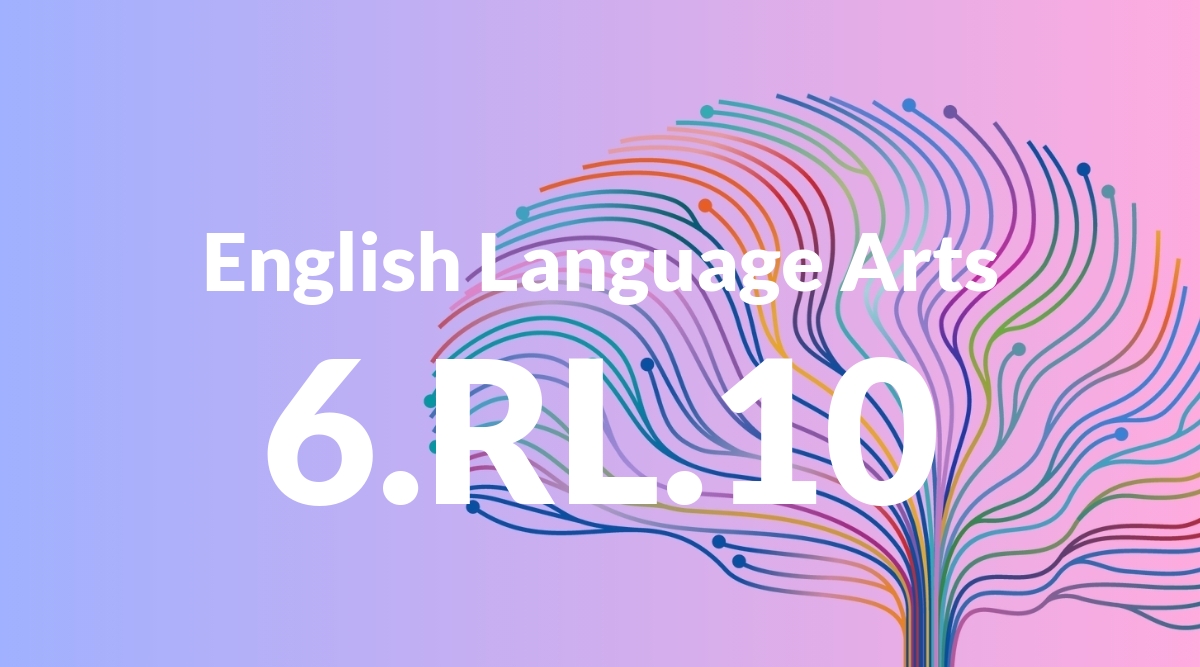Standard: 9-10.L.5a – Interpret figures of speech (e.g., euphemism, oxymoron) in context and analyze their role in the text.
Grade level: Grade 9-10
Subject: English Language Arts
Domain: Language
Teacher Overview
This standard focuses on helping students interpret and analyze figures of speech within texts. Understanding these literary devices is crucial for deeper comprehension and appreciation of literature. It helps students recognize the nuanced meanings and emotional effects that authors aim to convey. Students should be comfortable identifying and understanding basic literary devices and figurative language. They should also be able to differentiate between literal and figurative meanings.
Mastering this standard will enable students to interpret and analyze more complex texts, and they will be able to use figurative language effectively in their own writing, enriching their communication skills.
Common Misconception 1
A common misconception is that all figures of speech are meant to be taken literally. This belief can hinder students’ ability to fully grasp the intended meaning of a text.
Intervention 1
An effective intervention is to use visual aids and real-world examples to show the distinction between literal and figurative language, helping students see how figurative language enhances meaning.
Common Misconception 2
Another misconception is that figures of speech do not significantly impact the meaning of a text. This can lead to superficial reading and misunderstanding of the text’s deeper meanings.
Intervention 2
To address this, provide students with examples where figures of speech alter the interpretation of the text and discuss why the author might have chosen to use them.
Prerequisite Knowledge
Students should have a foundational understanding of basic literary devices and their purposes in writing. They should also be familiar with different types of figurative language, such as metaphors and similes.
Subsequent Knowledge
After mastering this standard, students will be able to apply their understanding of figures of speech to more complex texts, enhancing their analytical skills. They will also be able to create their own figurative language in their writing.
Instructional Activities
- Create a chart categorizing different figures of speech with examples.
- Analyze a poem or short story focusing on the use of figurative language.
- Group activity: Identify and interpret figures of speech in song lyrics.
- Write a short story or poem using at least three different figures of speech.
- Class discussion on the impact of figurative language in a selected text.




